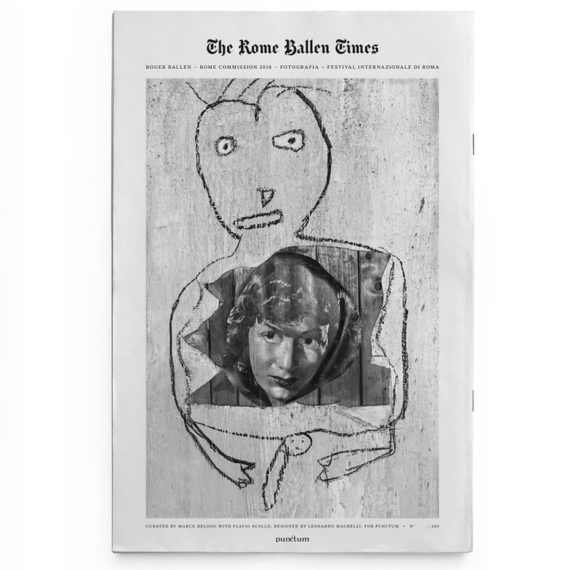Descrizione
Roger Ballen, statunitense di nascita, ha trascorso gli ultimi trentacinque anni della sua vita a fotografare le periferie di Johannesburg, entrando in contatto profondo con quel mondo estremamente sommerso e distaccato dalla vita comune, composta dagli *shanties* (le baracche di lamiera) ed i suoi abitanti, spesso additati come “freaks”. L’incontro con questo mondo ha condizionato profondamente la sua estetica fino a diventarne icona e da questo incontro nasce una dimensione ancora più oscura, composta da ombre e su cui aleggiano fantasmi di un passato indefinibile. Per entrare a Roma, in occasione della Commissione Roma 2016, Ballen ha costruito una sua baracca, che congiunge la sua storia a quella delle periferie romane oggetto di indagini visive del neorealismo. La baracca è per Ballen il modo di entrare a Roma, violentemente con la sua estetica, è un luogo della mente archetipica che contiene sia Roma che Johannesburg.
Roger Ballen, born in the United States, has spent the last thirty-five years of his life photographing the suburbs of Johannesburg, getting deeply in touch with the extremely submerged world disconnected from ordinary life, composed of the *shanties* (tin shacks) and its inhabitants, often referred to as “freaks.” His encounter with this world has profoundly conditioned his aesthetics to the point of becoming its symbol, and from this encounter comes an even darker dimension, composed of shadows and over which hover ghosts of an indefinable past. In Rome, on the 2016 Rome Commission, Ballen built his own shack, which connects his story to that of the Roman suburbs that were the subject of visual investigations of neorealism. The shack is Ballen’s way of entering Rome, violently with his aesthetic; it is a place of the archetypal mind that contains both Rome and Johannesburg.






